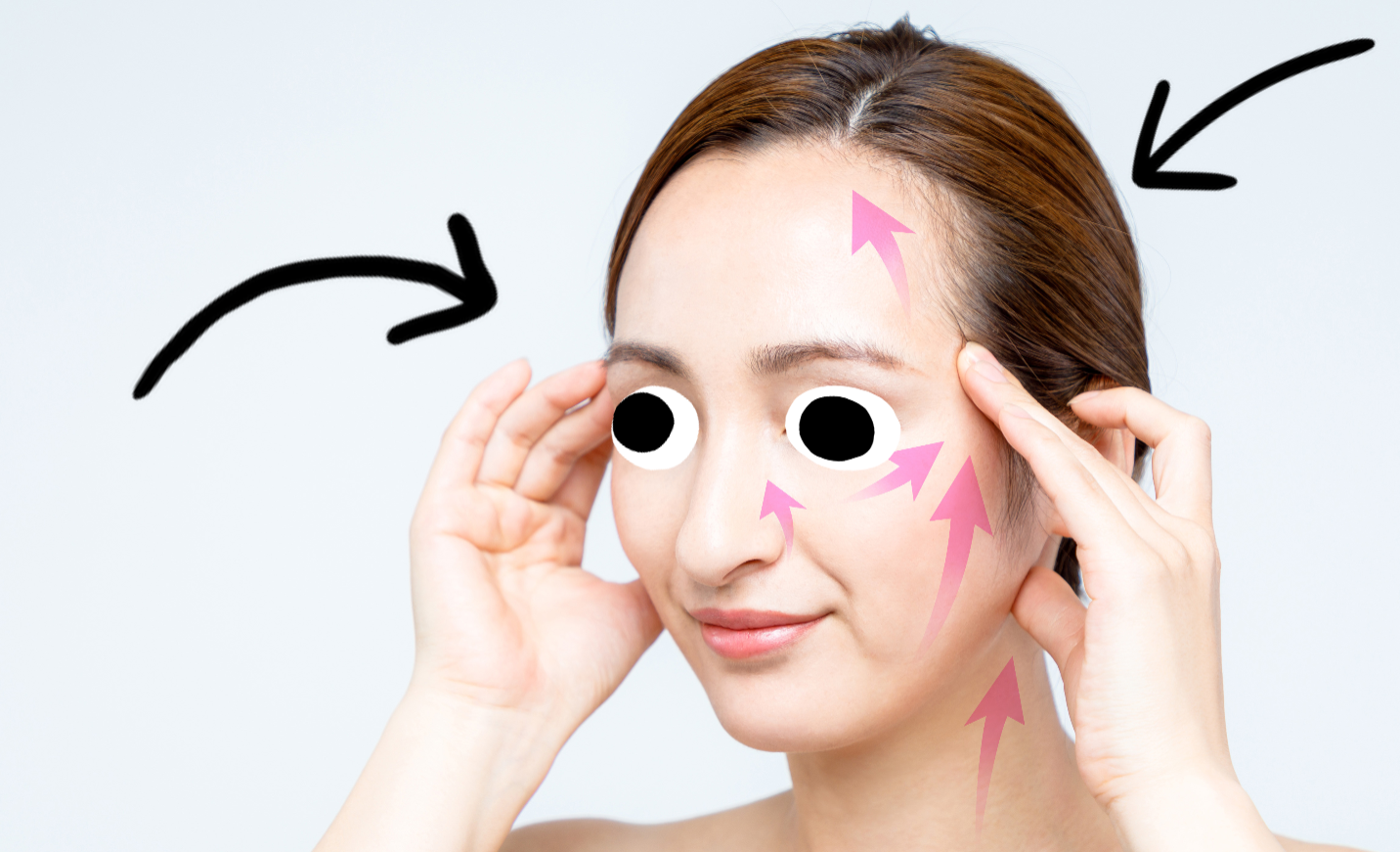

It's also useful if you work outdoors and tend to squint your eyes from the sun a lot. Why would you want Face ID to learn to recognize variations in your expression? Well, Peter Broqvist on Twitter noted that it can also work when you are resting your chin on your hand, which is something a lot of us do while sitting at our desk.


VPN Deals: Lifetime license for $16, monthly plans at $1 & more What this means is, even if you're making a "scrunched up" face (say, because you're looking directly into sunlight), Face ID can be trained to recognize it as still your face, even if it didn't work the first time. After it's used the data to augment a limited number of subsequent unlocks, Face ID discards the data and, potentially, repeats the augmentation cycle.Įverything you need to know about Face ID

That's to help the system keep pace with changes to your face or look that might accrue over time, even the more dramatic ones. If, for example, your eyes are really puffy in the morning, Face ID learns that its still you, but with a slight change in your "expression." Apple analyst Rene Ritchie explained how Face ID uses machine learning to recognize minor changes to your face.įace ID may also store, for a limited time, the math from successful unlock attempts and even from unsuccessful unlock attempts where you immediately followed up by entering the passcode. It also learns the ways in which your face changes over time and throughout the day. To simplify a very complex process Face ID captures your facial structure and uses it to identify you and then unlock your iPhone.


 0 kommentar(er)
0 kommentar(er)
